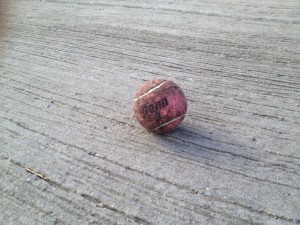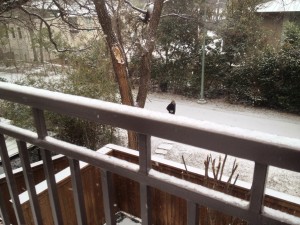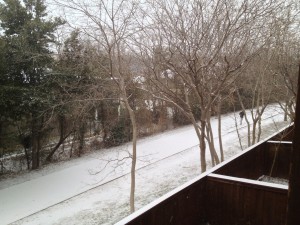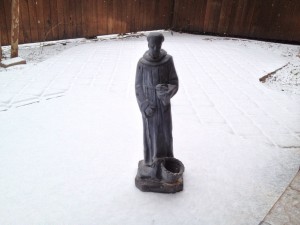“What winter is it?”
Apparently, there are two winters: 1) the astronomical winter, and 2) the meteorological winter.
“Did you know that? Who told you that?”
Well, we all know the astronomical winter – I thought. That’s our winter winter. This astronomical winter started December 21, 2013, the winter solstice, the day our sun (sol) said, “No, I’m stopping and standing still (stice) and not moving the day to be any shorter.” On that memorable day of sun-stop, the daylight was the shortest of the year, and the night was the longest and darkest. “Brrrr, it feels like winter.” That winter, this winter, our normal, every-year winter, will end March 20, 2014, the first day of spring, the vernal equinox, the day the daylight and darknight will be equal. Equinox for equal (equi) and night (nox). It’s been that way for ever and ever, or at least as far back as the Romans and their Latin words for it. Those are the normal seasons of our weather, our winter.
“I mean: what’s going on and why the change of season?”
Weathermen and weatherwomen love bad weather. We’ve seen the reporter-forecasters dressed in their shiny plastic slickers bent into the hurricane-force winds shouting to the camera, or garbed in their stylish station-monogrammed ski jackets in a white-out of snow and ice, one hand grasping a light pole or the antlers of a moose, the other gesticulating frantically to the world. What do they have on their faces? You’ve seen it. Admit it. They’re smiling. They are all sporting big happy grins in the worst weather in the universe. Weatherpersons love bad weather. Don’t get me wrong. I love and like my local weather celebrities. I watch them day and night. I’m being honest. They are smiling in the midst of the tempest.
They invented it, the other winter, the meteorological winter. It’s even named after them, the meteorologists.
“Why would they do such a thing? They seem so nice on the telly.”
They are so nice, and they love their work, and they got what they wanted: a colder and more newsworthy winter.
Meteorological winter does not start on the first day of the winter season. Meteorological winter starts on the first day of December and ends on the last day of February. December, January and February are the coldest months of the year. The announced rationale for changing seasons is this: “It makes things more sensible. Those are the coldest months. Everyone can feel that. Why hide behind the sun? The seasons are so outmoded, so old-fashioned. Let’s get the temperatures out in the open where they belong?”
By way of example for the new seasoning of winter, here is a recent headline and the weather folks’ talk from Minneapolis, Minnesota (a notably cold and frozen dominion): “Meteorological winter ended Friday. . . . It was the coldest in a generation. . . .The average temperature was 9.8 degrees . . .That’s the ninth coldest in records going back to 1871. . . . This winter is even more of an aberration when considering the number of days that have seen below-zero temperatures. There were 47 in the Twin Cities – enough for the fourth most on record and the most since the winter of 1935-36. . . .’Yeah, it’s brutal. . . . It’s been a brutal winter.’” The picture at the top of the article shows us all: A very photogenic well-groomed fellow in a blue designer bathing suit is stepping out of a Minneapolis sauna into the cold and snow with – you guessed it – a big smile on his face. He has to be a meteorologist.
You gotta’ love ‘em: the new meteorologists and their new meteorological winters.
The weather may be the same, but the new seasoning does have a cool say.
Certainly, the new news is newsworthy and the reporting entertaining.
I guess we shouldn’t get stuck in those old seasons of the year.
Still, I feel an attachment to the solstices and equinoxes.
Perhaps, we can have the best of both worlds:
Exciting TV weather persons to watch,
And seasons for a quiet walk.
I’ll see you in the spring.
Whenever it arrives.
Grandpa Jim













